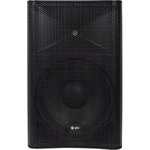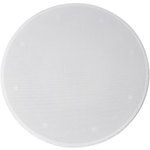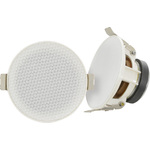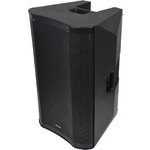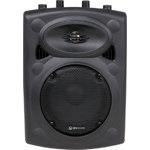Standard loudspeakers comprise of 3 main components: a cone, a magnet and a coil. Passing a current through the coil causes the attached cone to move forward or backward. The coil is fed the electrical signal from an amplifier, which provides enough electricity to move the cone quickly, causing it to vibrate and make sound.
Since the coil is wound from very thin wire, there is a certain amount of resistance to the electricity passed through it. This, coupled with some other electrical characteristics, is known as impedance.
Impedance is measured in Ohms. Higher impedance opposes the output of the amplifier more, causing it to deliver less power, whereas lower impedance allows the amplifier to deliver more power. The amplifier needs this impedance to stop itself from over-working and burning itself out, and is an important consideration when matching amplifiers and speakers together in a system.



